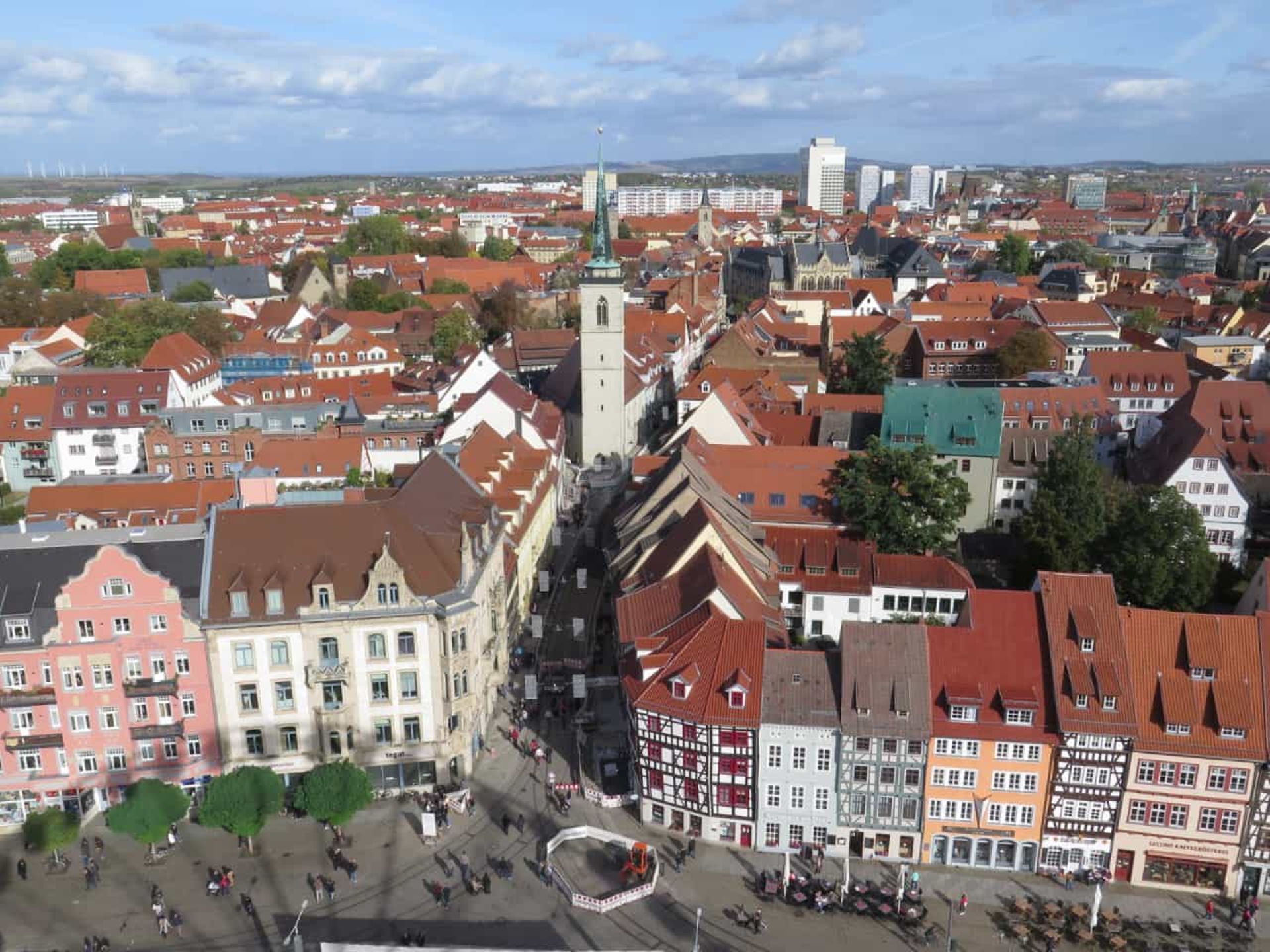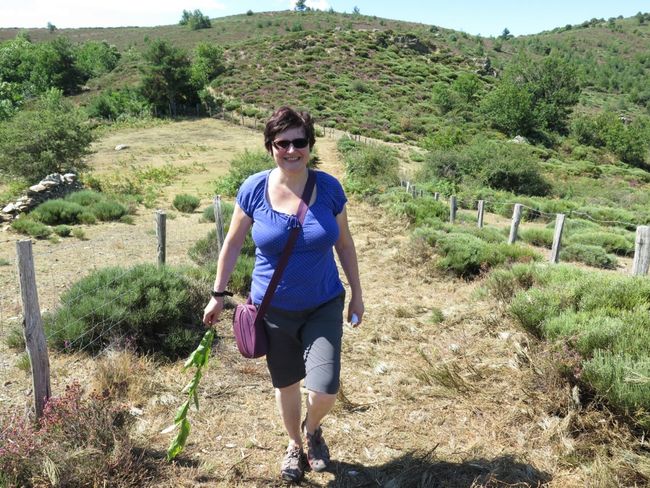2023 - September - Nancy - Place Stanislas
Publié: 08.09.2023
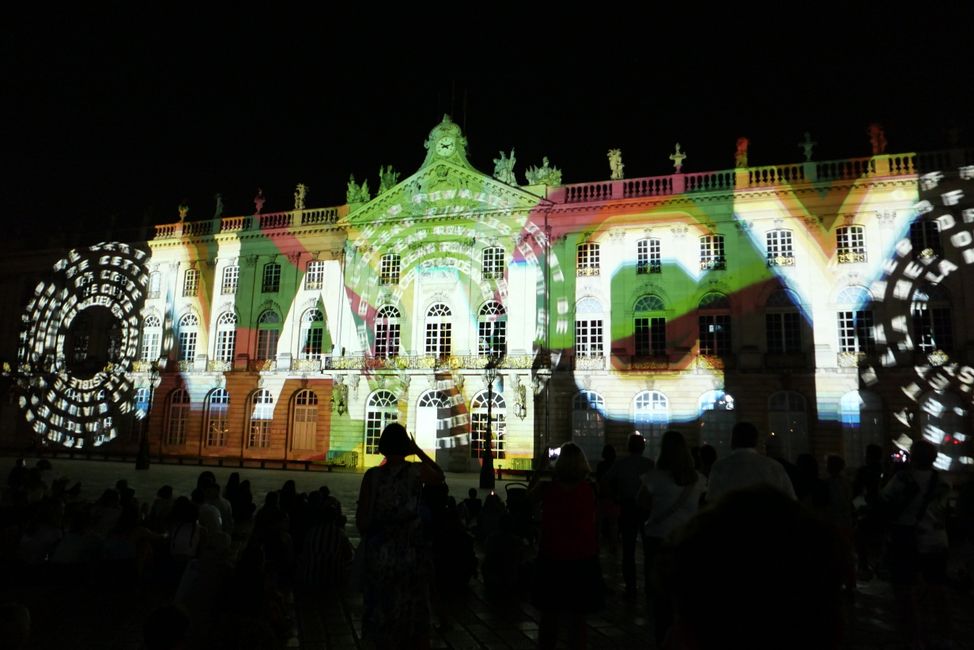
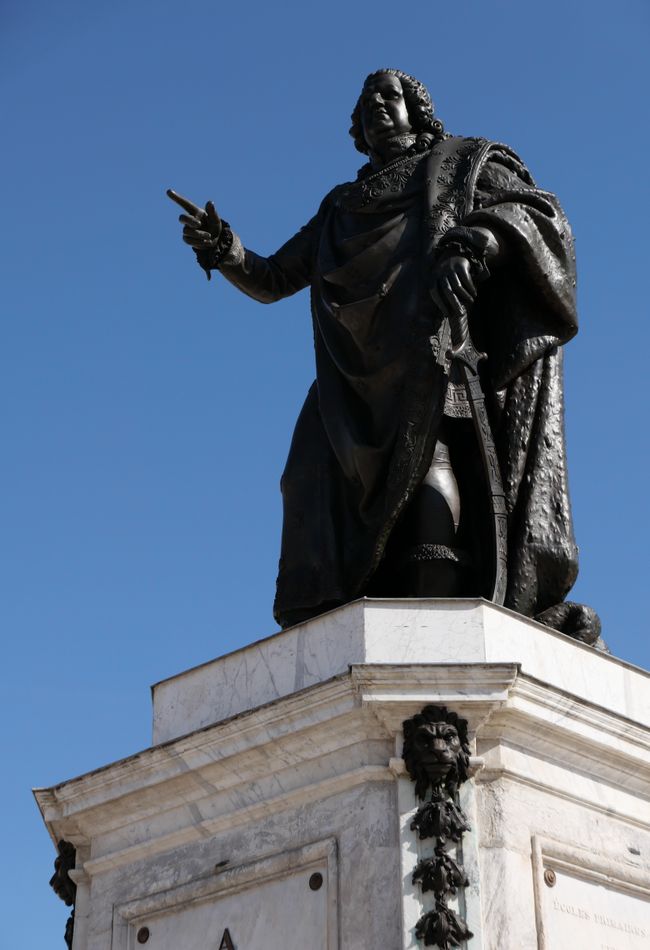
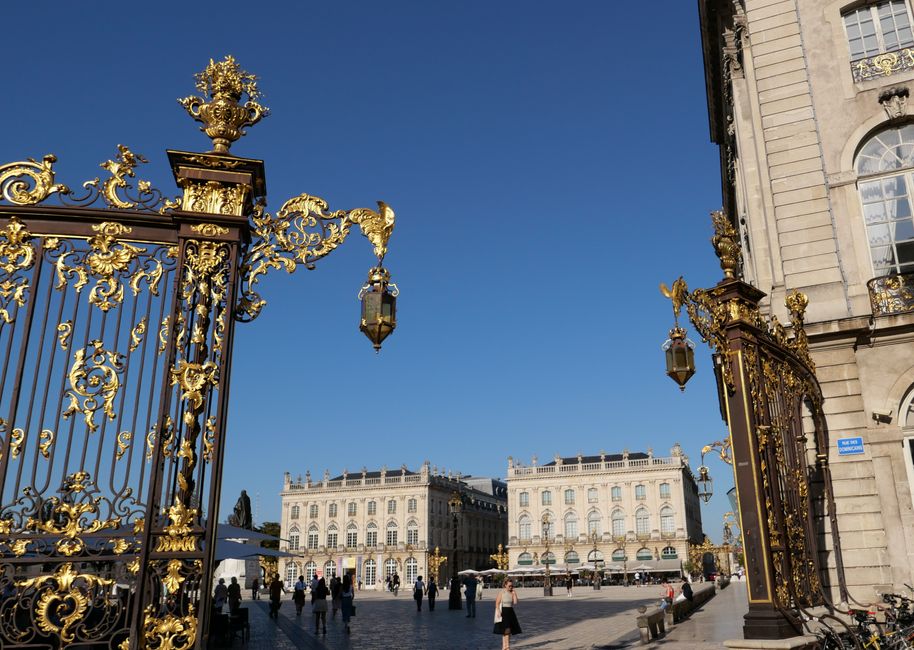
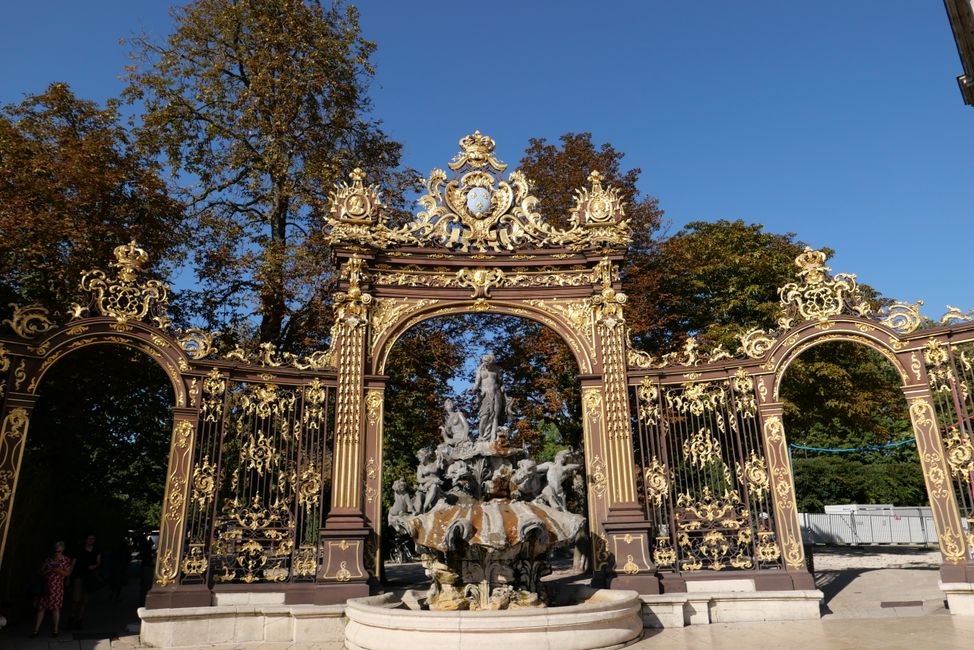
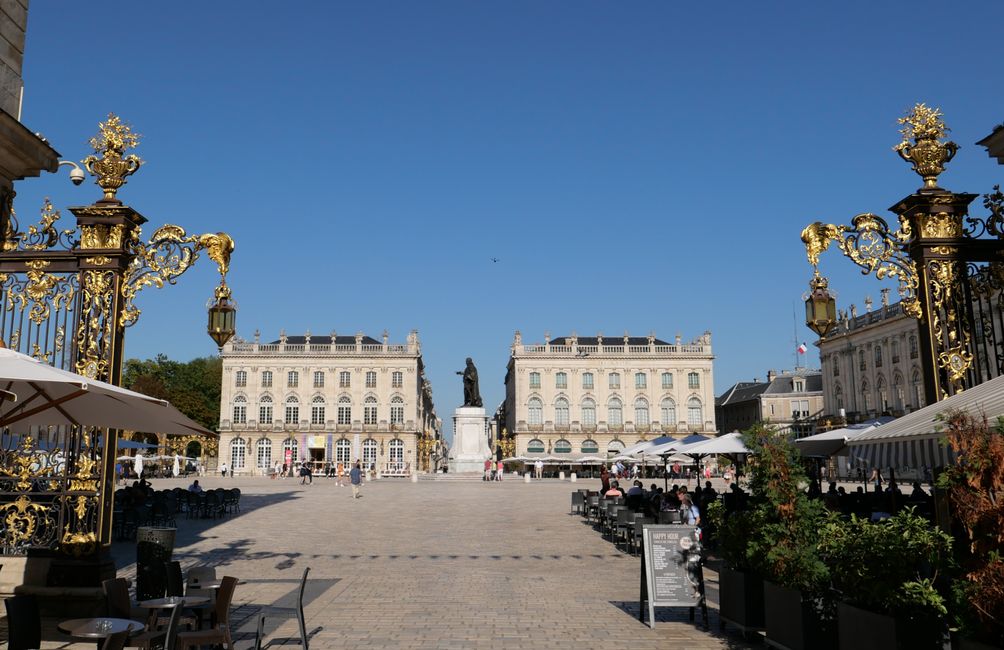
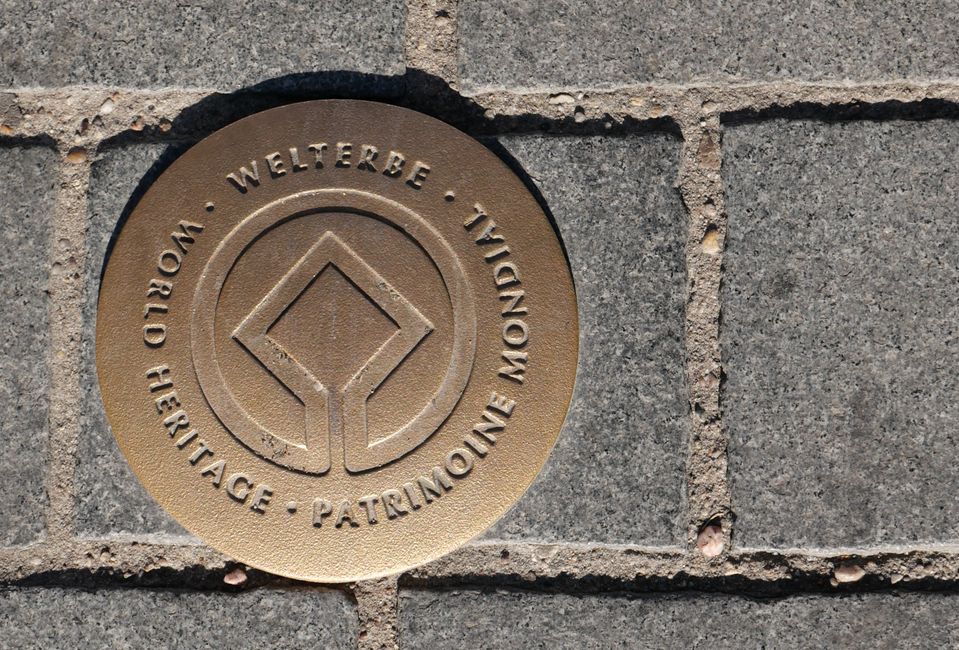
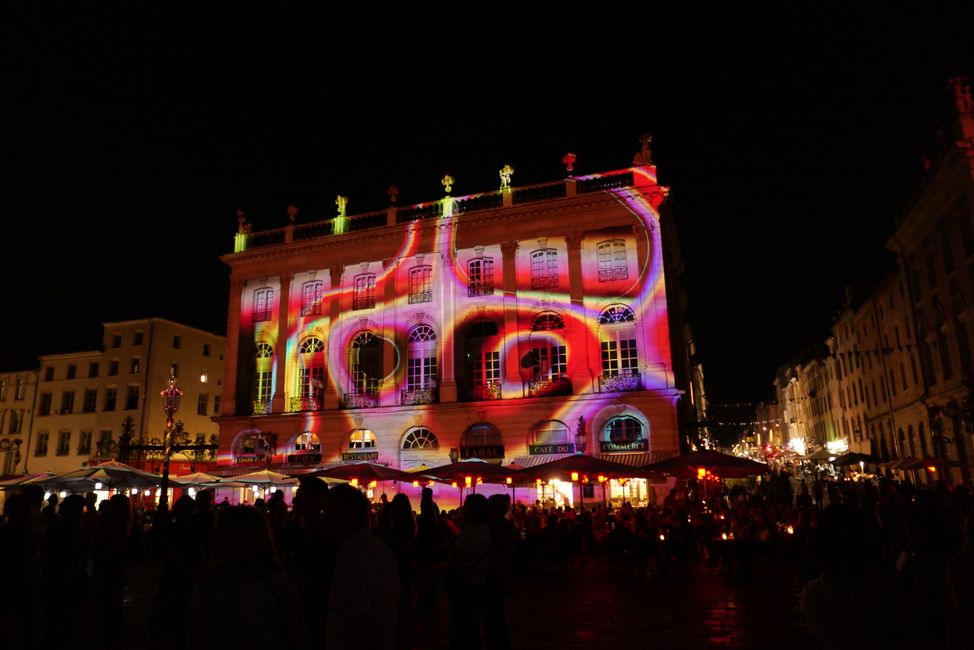
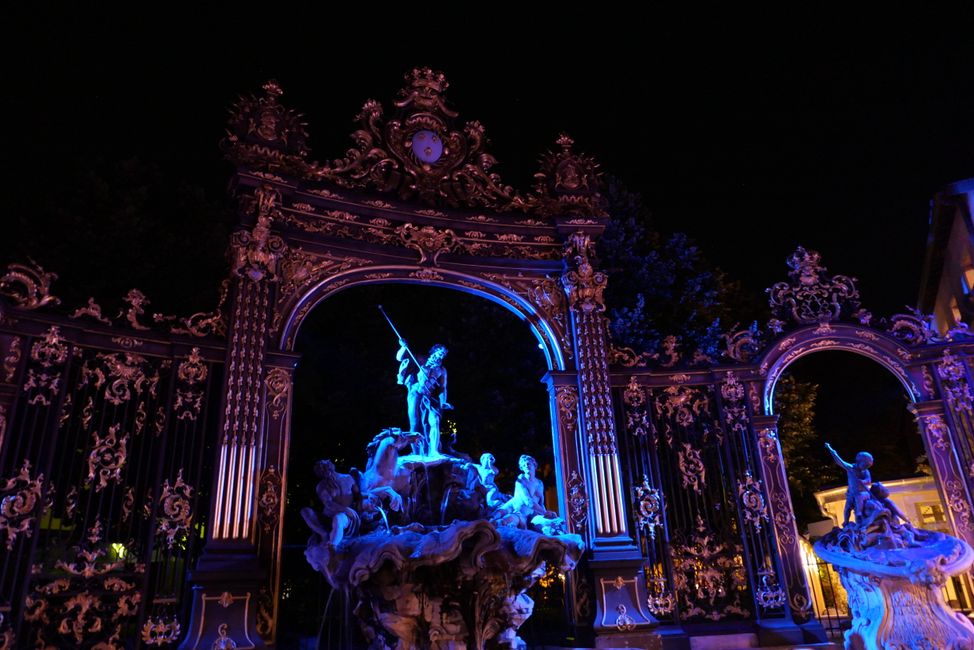
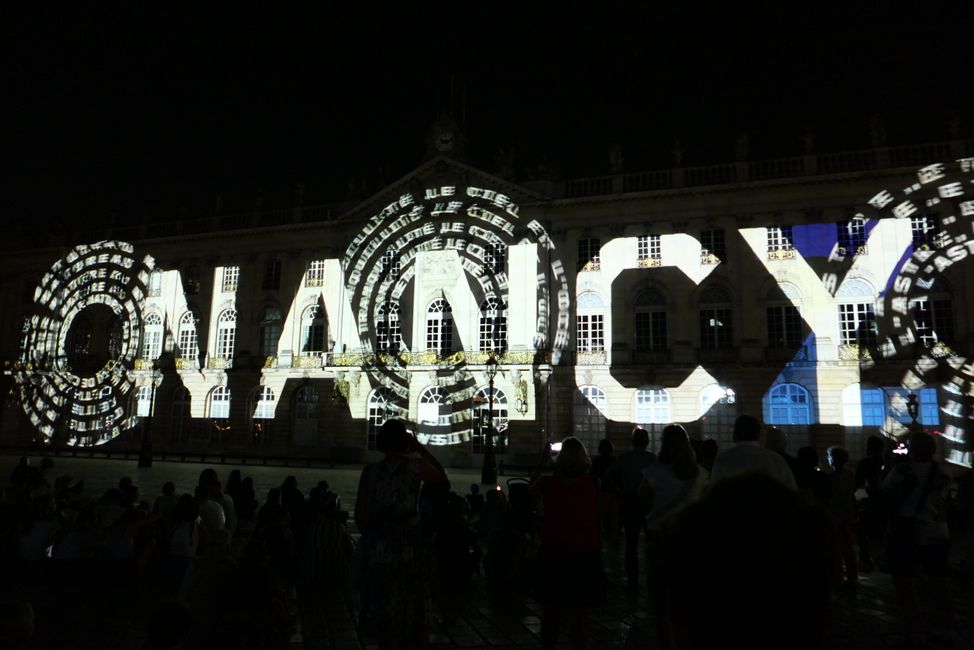
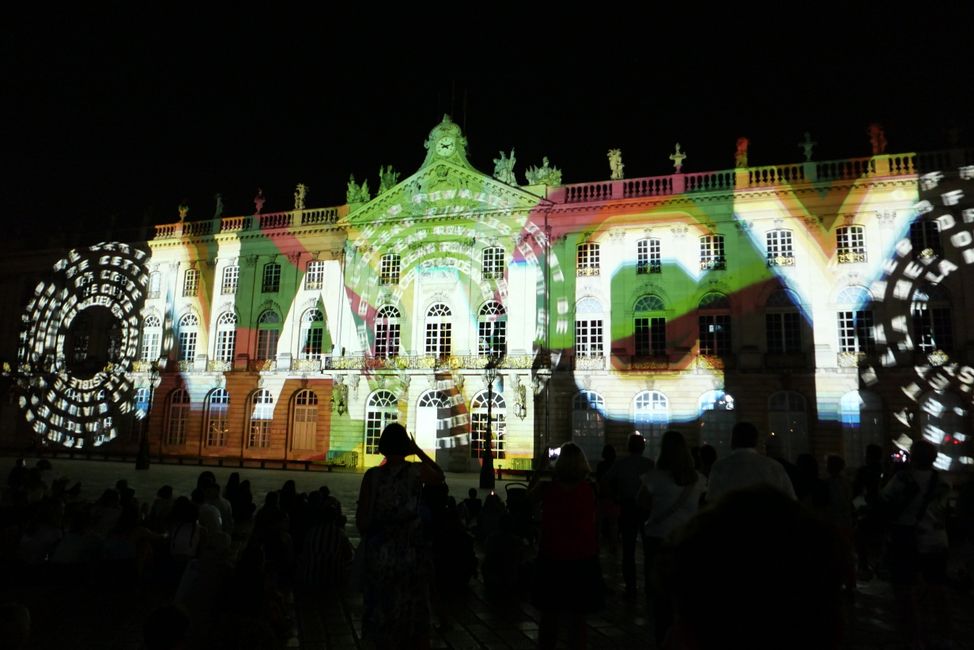
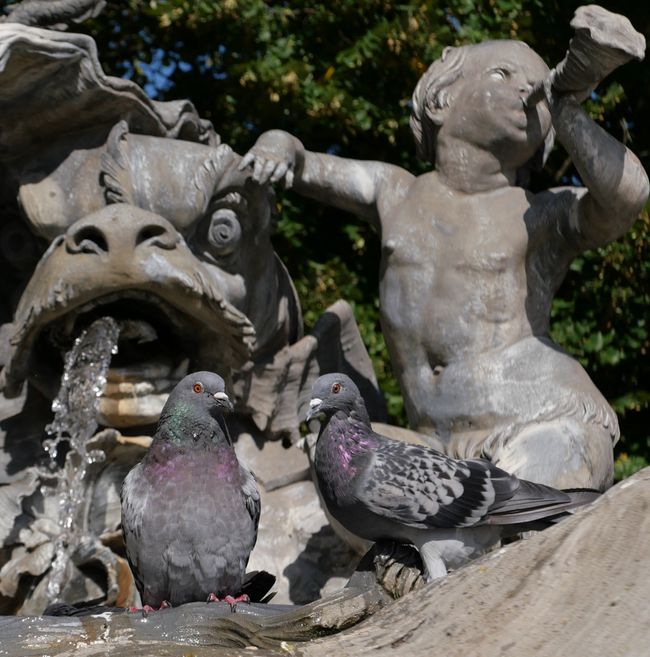
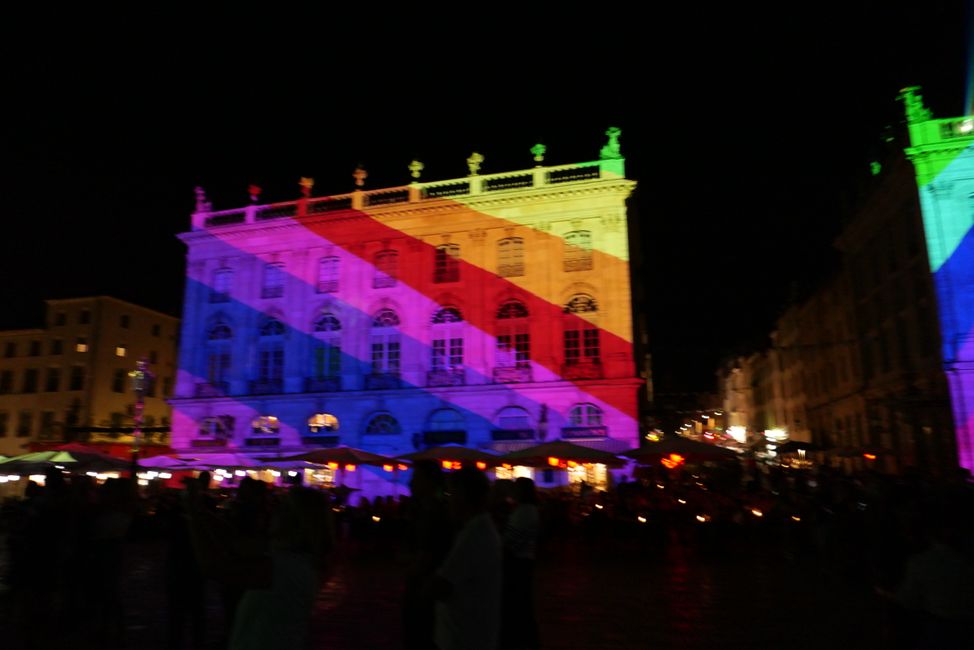
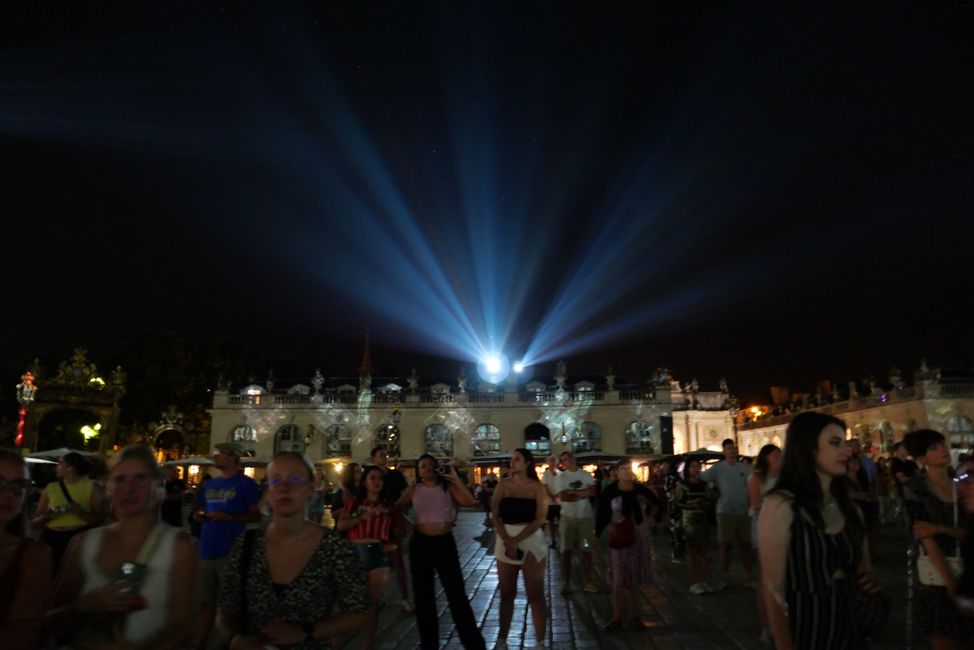
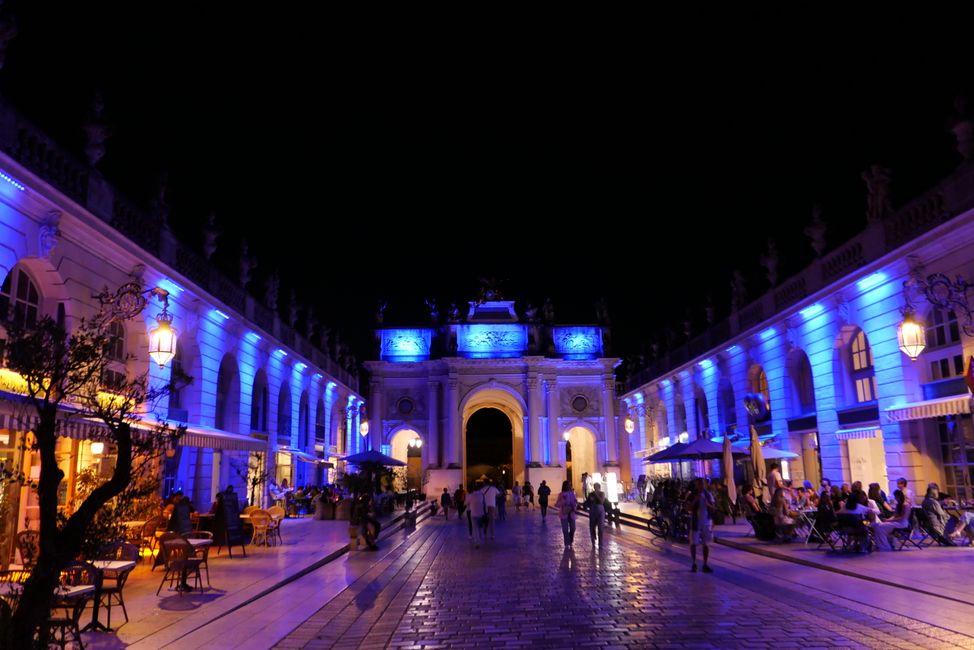
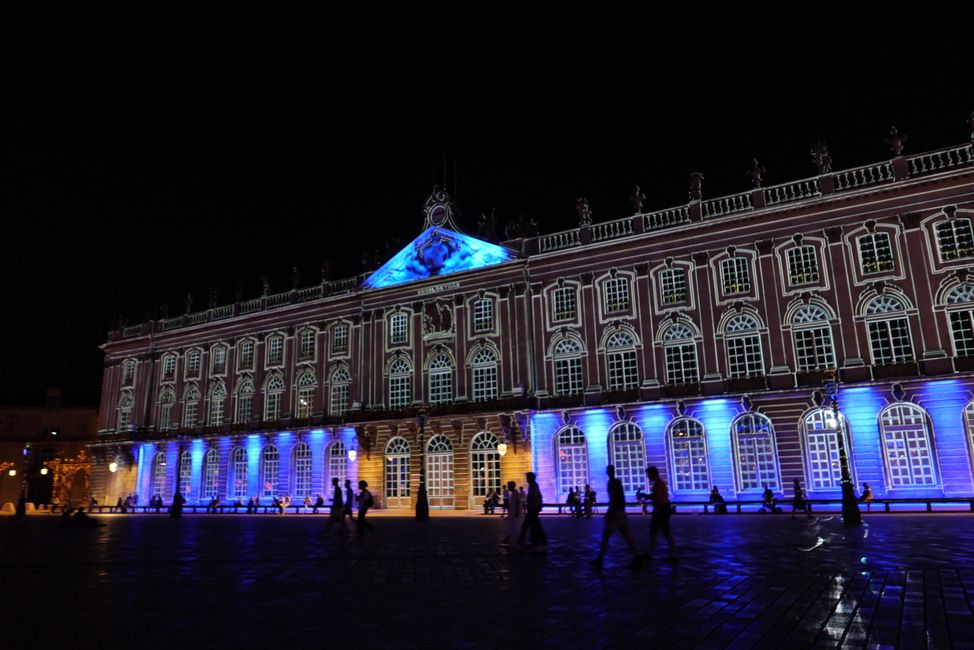
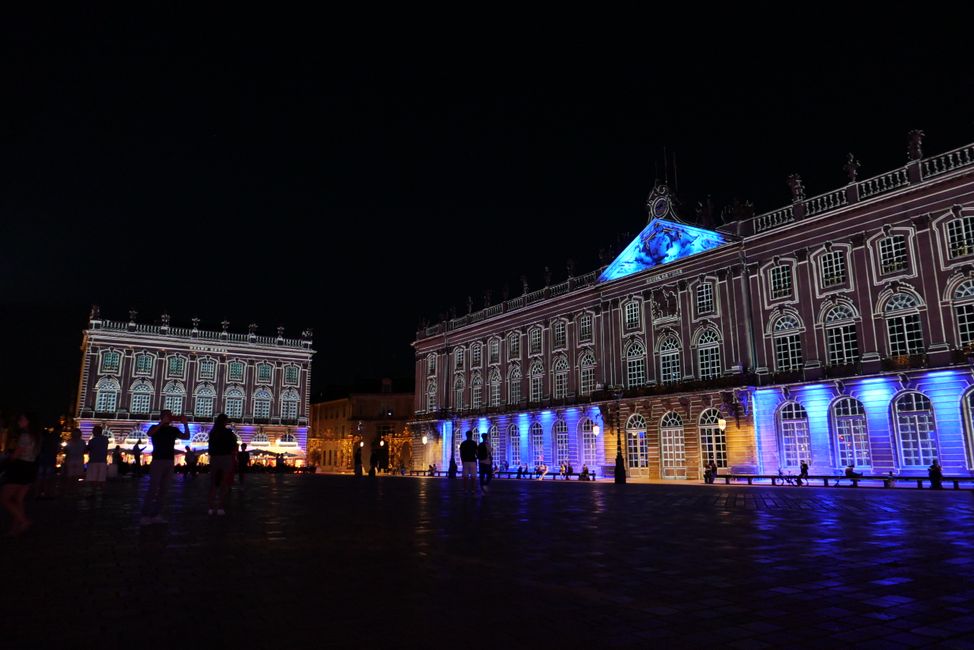
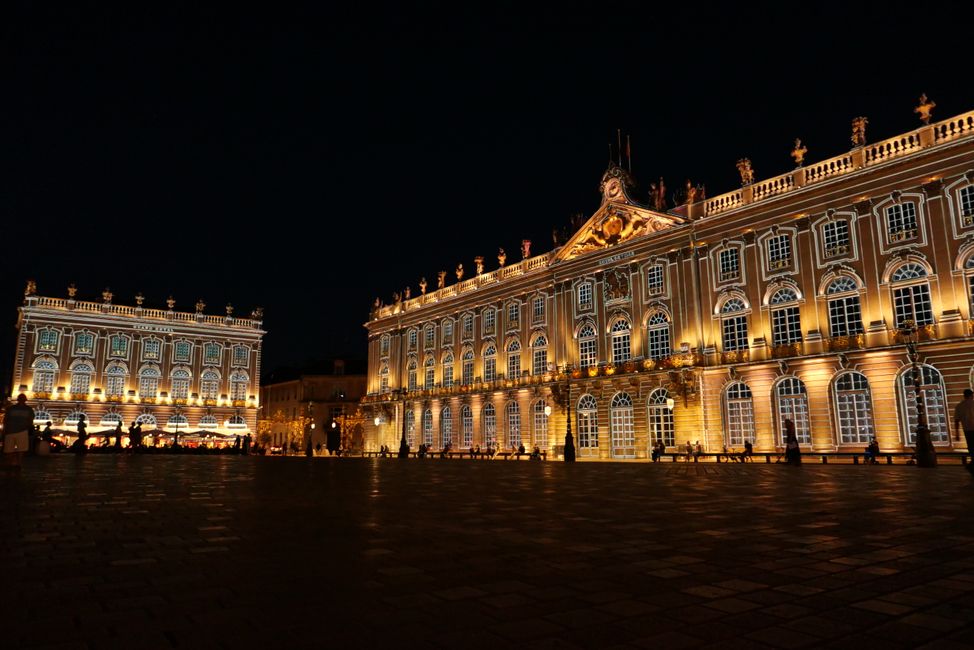
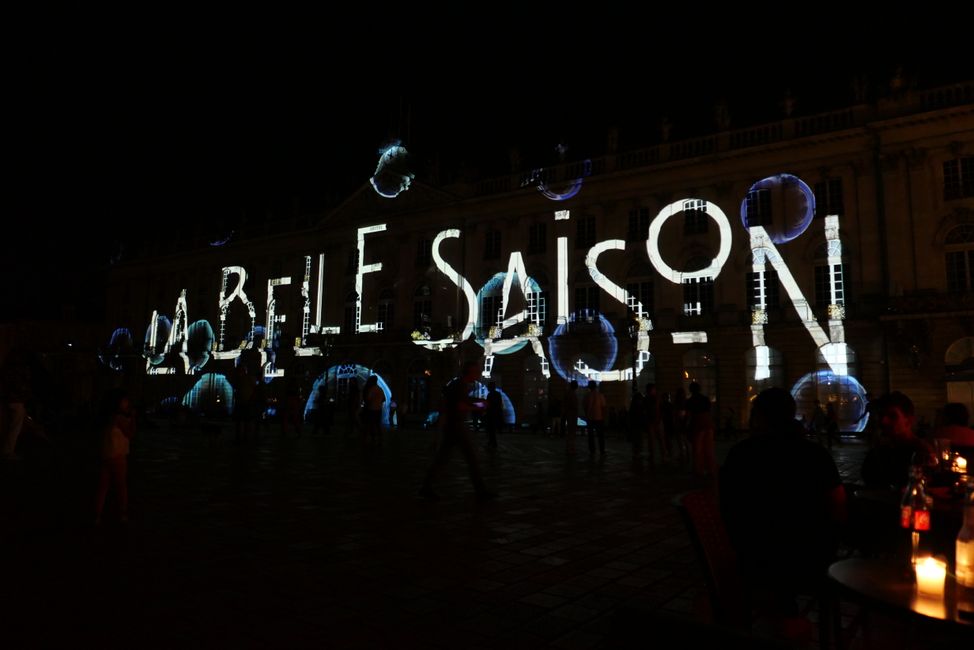
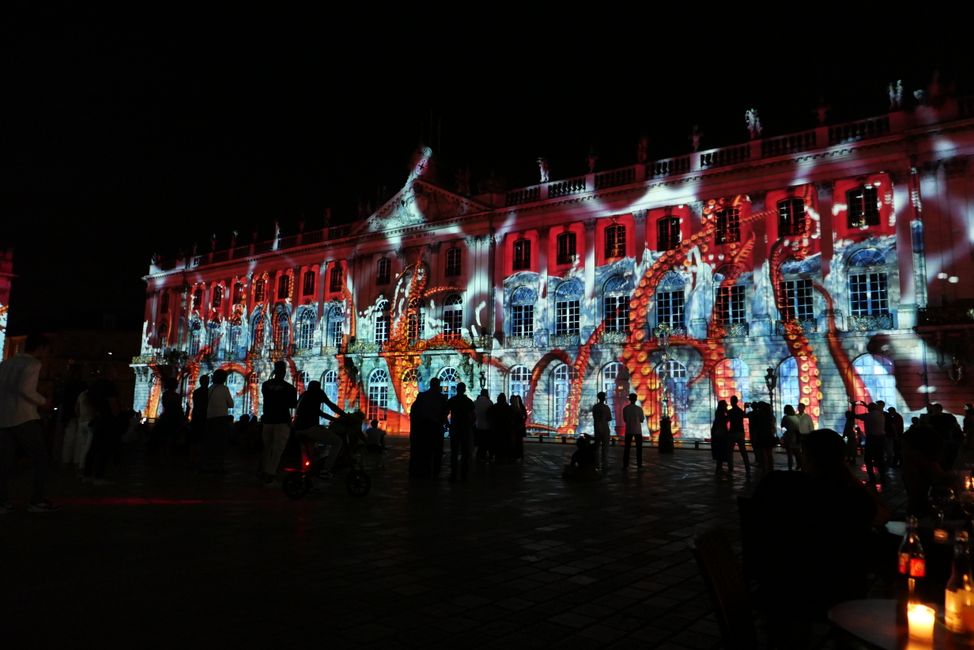
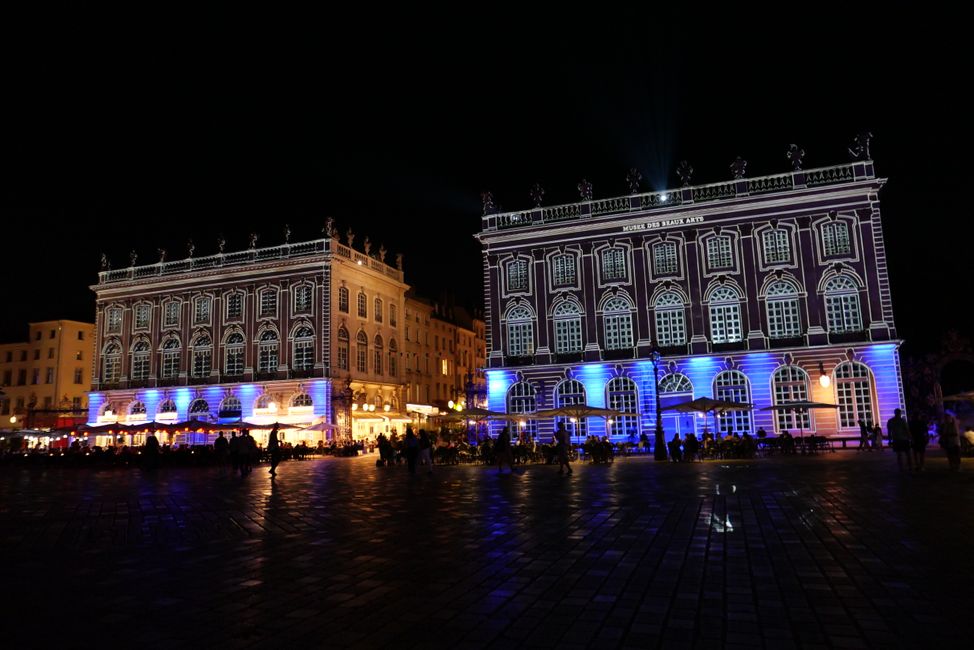
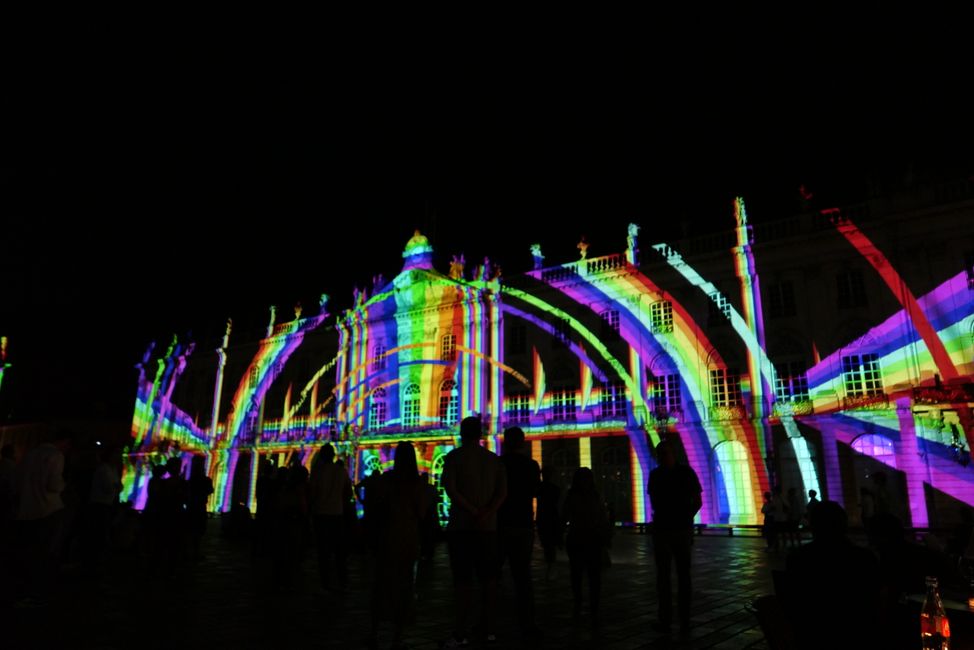
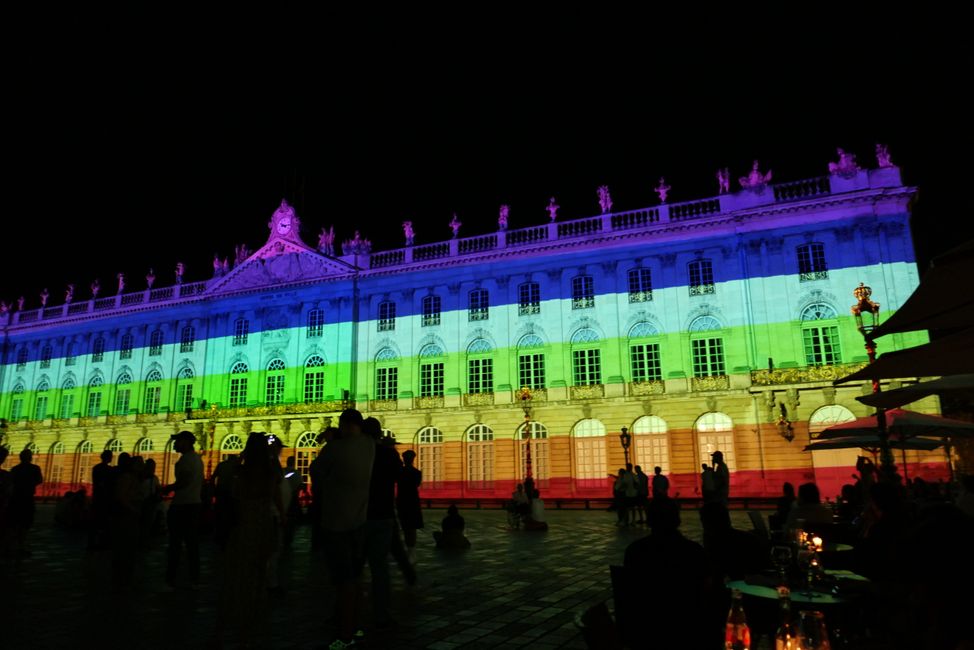
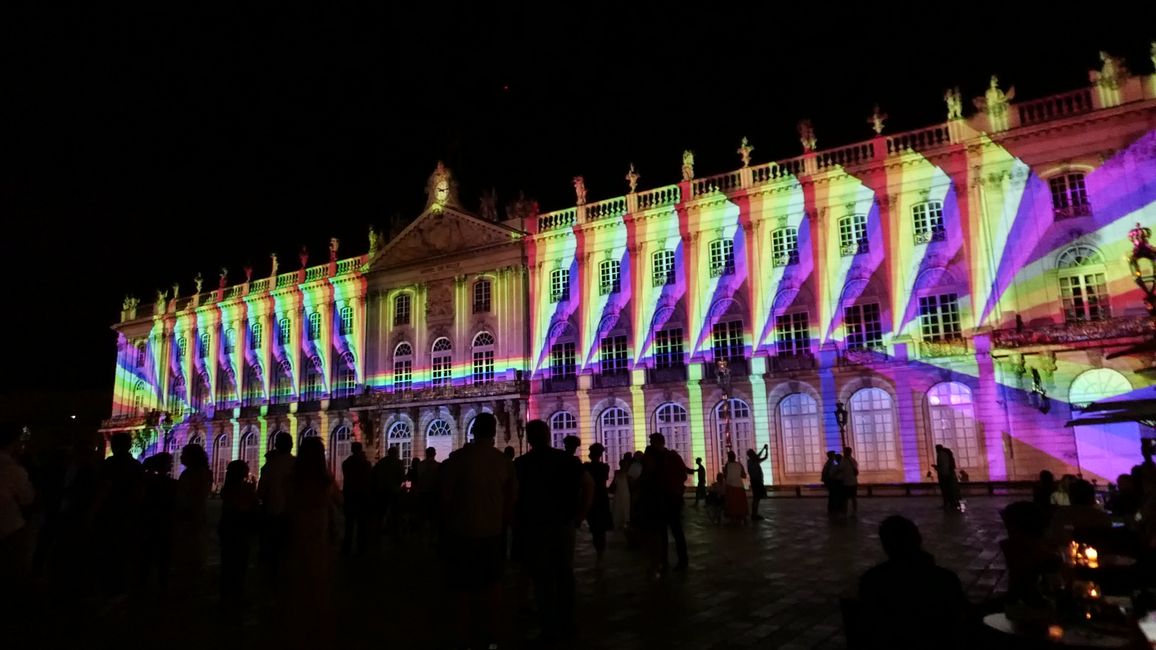
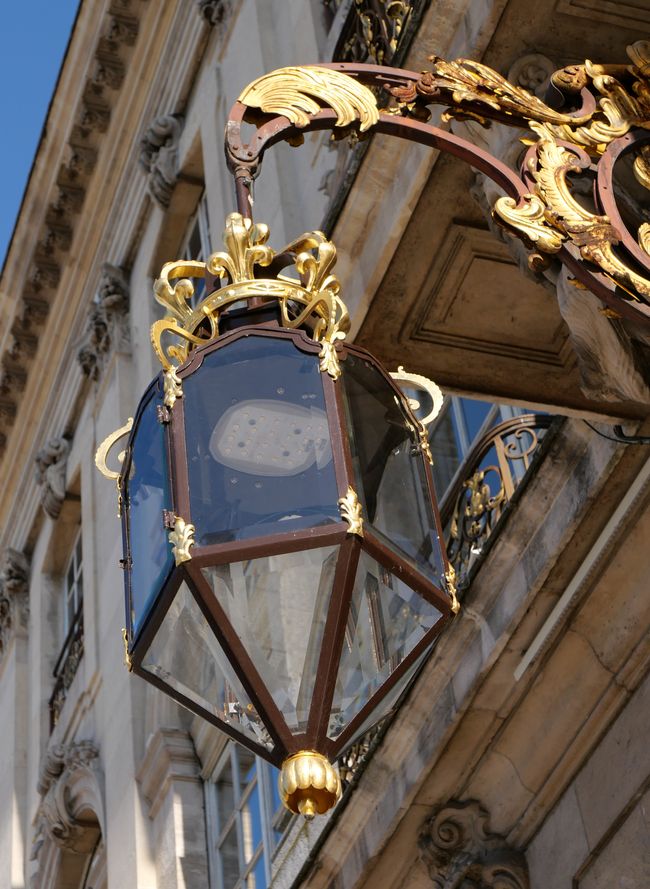
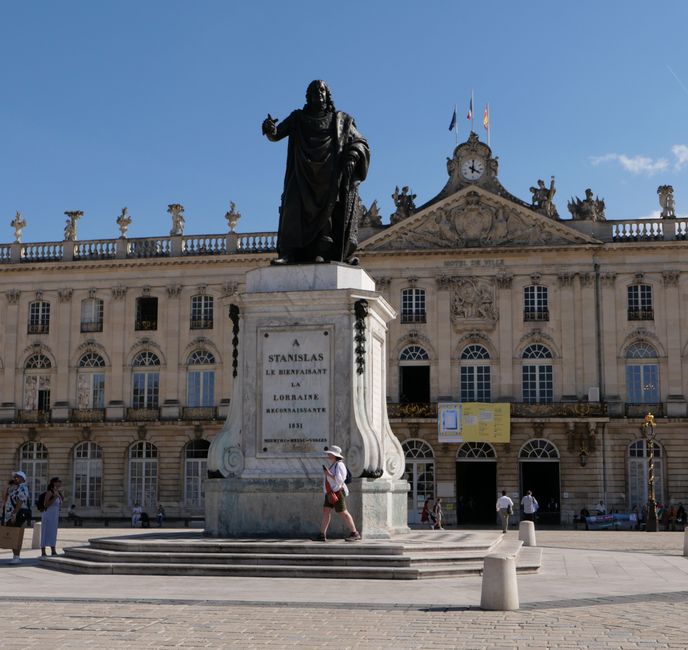
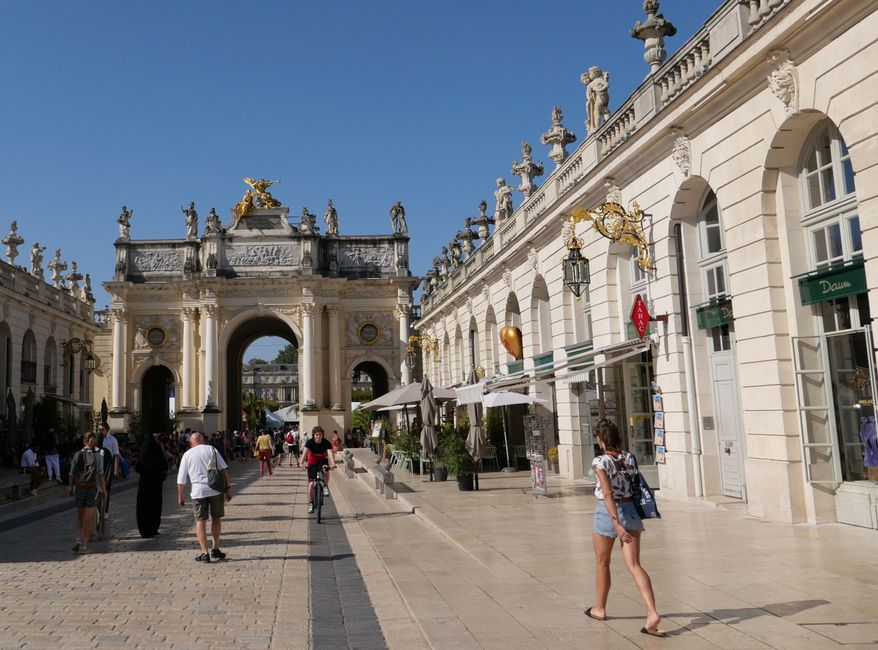
S'inscrire à la Newsletter
Question: How does a Polish king end up in Nancy, France?
To put it briefly, he lived here in exile.
And how is it that a king without a kingdom built such a beautiful place here, which has even been a UNESCO World Heritage Site since 1983?
Well, this story is more elaborately told. And I actually fell asleep several times while reading the many, many, many articles about it. I'll summarize my findings for you:
First of all, the Polish kings at that time came into office by election. This meant that they were naturally dependent on alliances and were sometimes overthrown again. This is what happened to Stanislas Leszczyński - twice!
However, it so happened that Stanislas Leszczyński's daughter Maria married the French King Louis XV in 1725. She was chosen from a catalogue of 99 candidates.
When Stanislas Leszczyński later had to seek refuge while fleeing Poland, it was his son-in-law who made him the owner of Bar and Lorraine in 1737 through treaty negotiations and the exchange of duchies.
Here he owned several properties, including the Château de Lunéville, which is located about 35 km from Nancy, and lived there mainly with his wife.
But he also lived in Nancy for part of his life and, among other things, initiated the construction of the ensemble that is now Place Stanislas, thereby connecting the medieval town with the new town. The result was a modern capital city.
The square was planned and built by the architect Emmanuel Héré between 1752 and 1756 and was designed to reflect status but also to combine functionality.
The square was named Place Royale in honour of Stanislas Leszczyński's father-in-law, Louis XV. In addition, there was a cast-iron statue of Louis XV in the centre of the ensemble.
Of course (!) this was later removed during the French Revolution.
The fact that Stanislas Leszczyński himself was a modern and sensitive ruler is also shown by his gesture of donating the square to the municipality of Nancy in 1759.
However, the square was renamed countless times over the course of history. For example, it was called Place du Peuple twice, and later Place Napoléon. In 1831, 65 years after the death of Stanislas Leszczyński, it was christened "Place Stanislas" for the first time and a statue was erected in honor of the former ruler.
Nevertheless, the name was changed again and only since 1851 has it hopefully finally been called Place Stanislas again.
Today, we continue to enjoy the baroque-classical appearance of this exceptional complex and enjoy the view from one of the many restaurants located here.
What was particularly impressive for us was the video installation “La Belle Saison”, which takes place every evening in summer. It begins on June 16th and ends this year on September 10th, 2023.
I think Stanislas Leszczyński would have liked this “magic” too.
S'inscrire à la Newsletter
Répondre
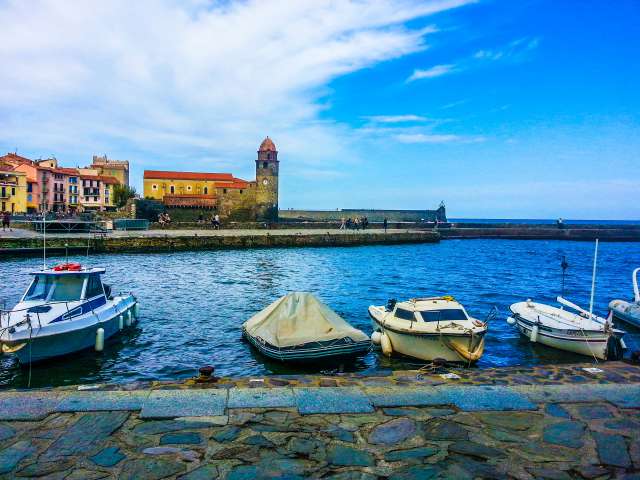
Rapports de voyage France
